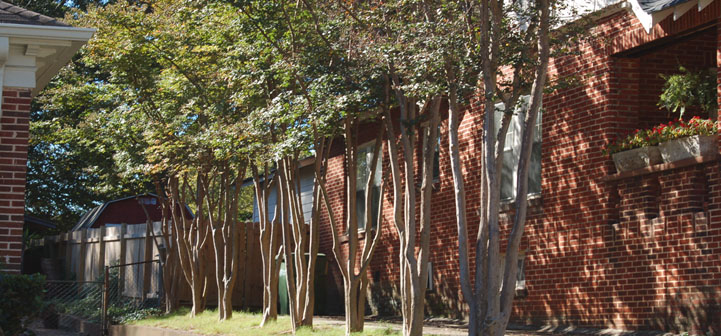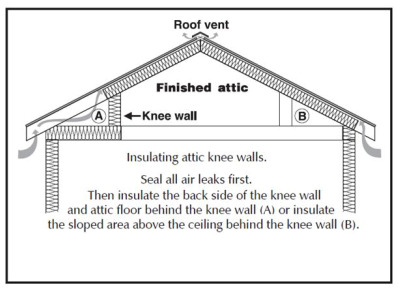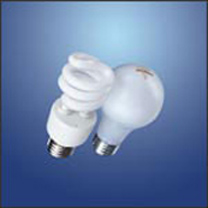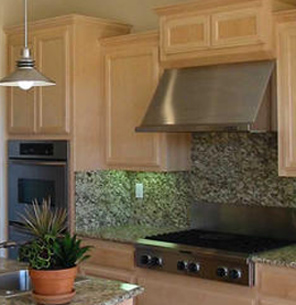Reviewed and Revised on 11/12/2013
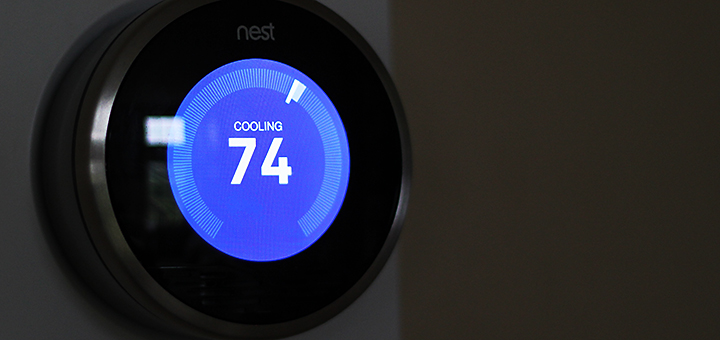
Closely managing your thermostat is an easy way to increase your energy and $$ savings.
- In the summer, set the thermostat as high as you can while still maintaining comfort.
- In the winter, set the thermostat as low as you can while still maintaining comfort.
- If you have central air conditioning and heating, keep the fan switch on “auto.” The exception is for multistory homes where temperature stratification is a problem between the upper and
